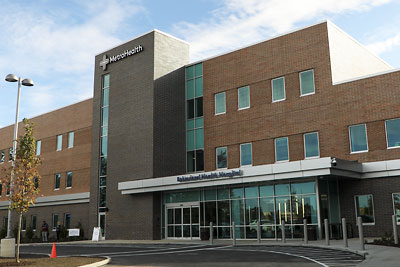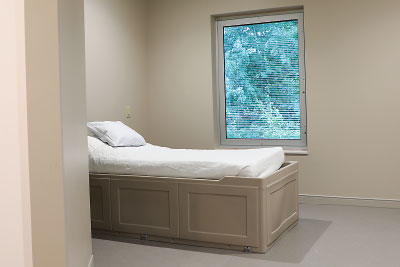MetroHealth Hospital in Ohio, founded in 1837, is the safety net hospital for Cleveland and Cuyahoga County, serving more than 300,000 patients, two-thirds of whom are uninsured or covered by Medicare or Medicaid. Last October, the hospital opened the MetroHealth Behavioral Health Hospital to replace the 20-bed psychiatric unit in the old hospital.
The psychiatry residency training program at MetroHealth received approval from the Accreditation Council for Graduate Medical a (ACGME) to add three new training slots per year, which will increase the total number of residents from 20 to 32.
Cheryl Wills, M.D., director of child and adolescent psychiatry at MetroHealth, said the new hospital and the expansion of the training program are the result, in part, of a 2018 needs assessment conducted by the hospital’s strategic team. Taking into account existing resources in the region, the assessment showed that Cuyahoga County was short 200 inpatient psychiatric beds.
“MetroHealth has a rich history of serving all people, regardless of ability to pay,” said Wills, who is also APA’s Area 4 trustee. “But we were consistently referring people out for mental health treatment because we had only 20 beds. By expanding with the new hospital to 112 beds, we are addressing 50% of the deficit, a huge step.”
Raman Marwaha, M.D., the residency training director at MetroHealth, said the developments there mark the largest expansion of behavioral health services in northeast Ohio in 30 years. “When I joined MetroHealth eight years ago, I had a waiting list of 18 months,” said Marwaha, who is president of the APA Caucus of International Medical Graduates.
He said the new hospital is moving incrementally toward reaching the total of 112 beds—40 adult beds became available when the hospital opened last October, and at press time a psychiatric-medical unit and a four-bed psychiatric intensive care unit were expected to open. “The plan is in the next six months to open more beds—a 20-bed adolescent unit, a 20-bed addiction unit, and a 20-bed geriatric unit.”
Marwaha said that residents in the expanded program, which will be located at the new hospital, will have training rotations in schools, integrated group practices, and the county correctional facility.
Attracting residents and, importantly, faculty to help supervise residents is critical. Wills did some detective work and discovered an
Ohio state loan repayment program for which physicians who work at MetroHealth would qualify—a lesson, Wills said, for other institutions and localities.
“It’s important to think creatively and strategically and to learn about existing available resources,” she said. “When I started at MetroHealth in March last year, one of my concerns was recruitment of the best faculty possible. I felt we had to have something to offer people, to make it attractive to work here. We are hoping to attract psychiatrists invested in working with underserved and safety net populations who will be involved for the long haul.” ■


